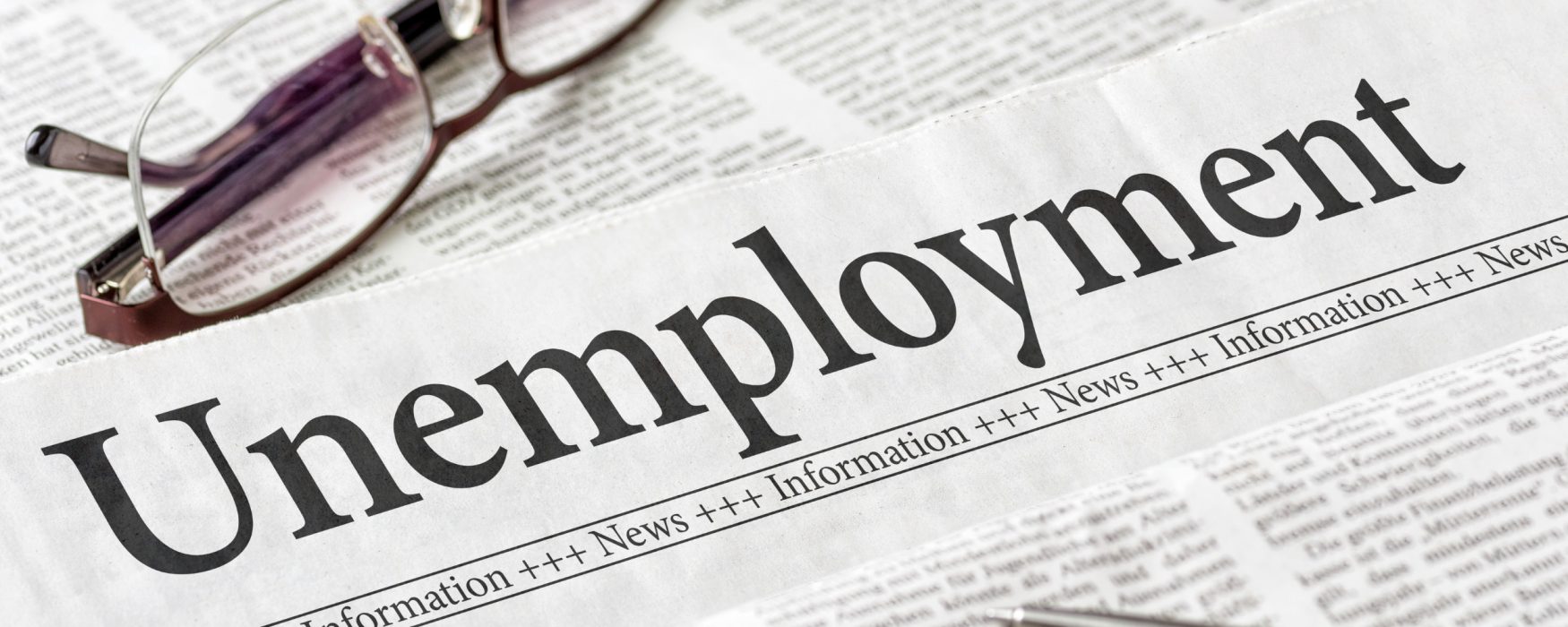
Article courtesy MIRS News for SBAM’s Lansing Watchdog e-newsletter
Unemployment Insurance Agency Director Julia Dale said the cases of fraud have dropped dramatically, and an upgrade to the unemployment system would help that further as well as set up for any future crisis.
The unemployment rate for April was 3.8%, the lowest it’s been since before the COVID-19 pandemic, but percentagewise, Dale said the number of current fraudulent investigations has dropped dramatically, but they are still working through the backlog of pandemic fraud investigations.
“What we’ve learned is that fraudsters are creative. They are smart, and so our goal is always to work on trying to be one step ahead of them,” she said.
On June 1, United States Eastern District of Michigan Attorney Dawn Ison announced three Macomb County residents were charged in a multi-million dollar Paycheck Protection Program fraud scheme.
Rita Shaba, 37, of Macomb, Samer Kammo, 43, of Shelby Township, and Christina Anasi, 33, of Shelby were charged with conspiracy to commit wire bank fraud and bank fraud; wire fraud; bank fraud; false statements in connection with a bank loan; and aggravated identity theft. Anasi was also charged with money laundering on top of the other charges.
The three were able to get $3 million in PPP loan funds, which was created by Congress for business assistance during the COVID-19 pandemic, and Anasi may face state charges regarding unemployment fraud.
“The close partnership that we have with federal law enforcement ensures fraudsters receive the justice they rightly deserve for violating the integrity of the state’s unemployment insurance program,” Dale said.
The three face up to 20 years in prison, and law enforcement has been able to return $2.1 million of the funds.
She said the process of switching from the MiDAS system to a new system created by Deloitte, a sponsor of the Mackinac Policy Conference, started in May and would set up the department for success if another pandemic were to strike.
“There was a lot of disinvestment over the last decade, and we saw the opportunity to take advantage of federal monies or recognition that there needed to be a complete overhaul, and we took advantage of the appetite and the funding available to do that,” Dale said.
She said the new system was still about two years from being fully realized and implemented, but even without a crisis it would dramatically improve how people would be able to apply and receive unemployment benefits.
She said she didn’t think the old system was intentionally made to thwart users, but said she wasn’t around when it was implemented.
She said it certainly wasn’t as user-friendly as it could be and had no mobile compatibility, which was how many people were trying to access unemployment in 2023.
“Whether or not the intention was to be difficult, what we know is that 2010 technology in a 2020 period, we have different challenges, different expectations, different ways of accessing services.”